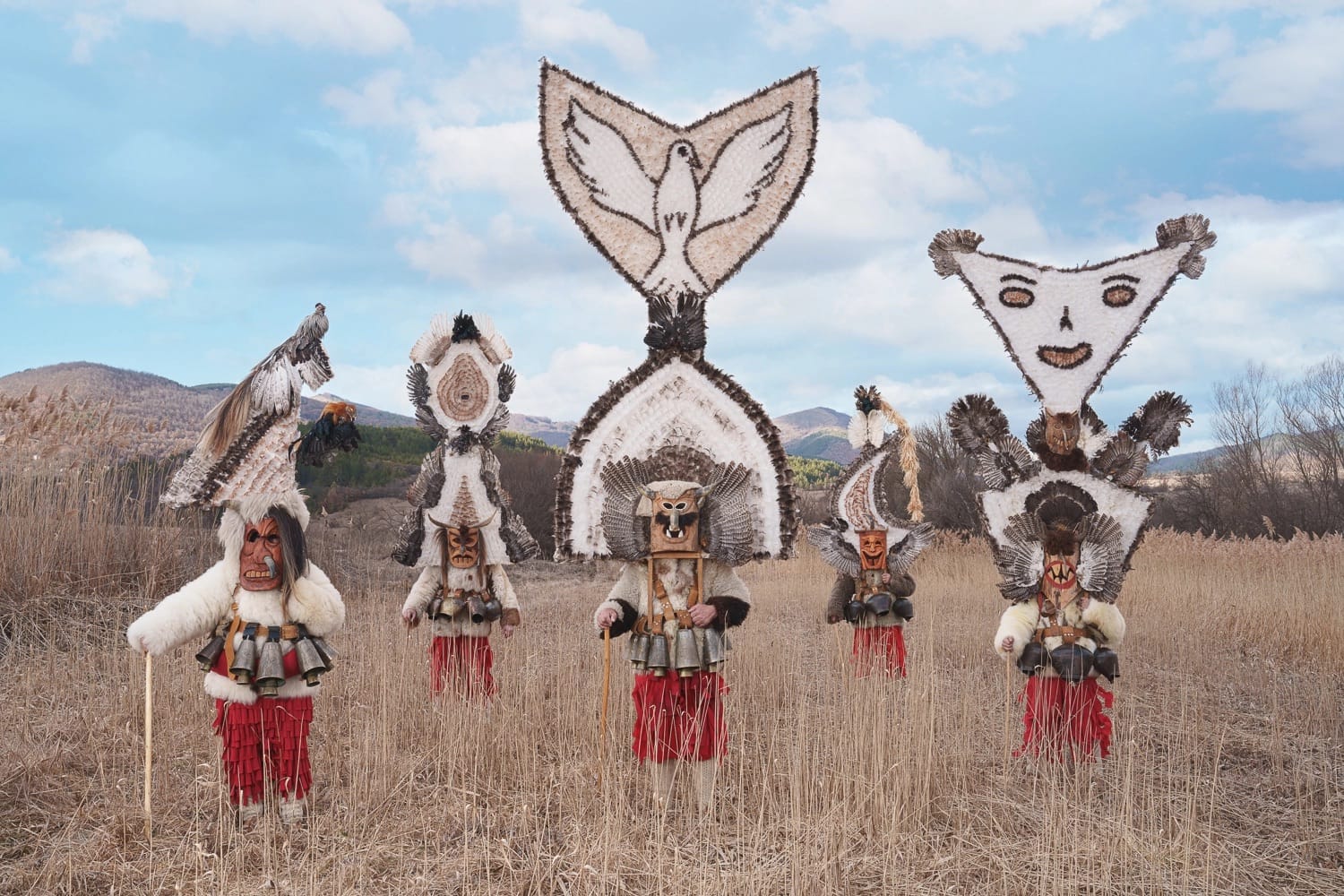
As a child, Ashley Suszczynski used to draw copiously in her school notebooks and escape into the chimerical worlds of books. “I loved the imaginative illustrations,” she tells Colossal. “Each story sent me into a new world, and I kind of dissociated from my own… Every page was full of magic and mystery—an immersive adventure into lands of mythical monsters, talking animals, the weird and the wonderful.”
The fascination with legends and supernatural creatures persisted into adulthood, forming the basis of Suszczynski’s love for photography, folklore, and cultures around the world. “Several years ago, I learned about a masquerade in the north of Spain called La Vijanera,” she says. “The characters looked like those I had imagined from the pages of my childhood stories.” Anthropomorphic, fur-covered creatures met tree nymphs and spirits of the woodlands, all enrobed in remarkably elaborate handmade costumes.
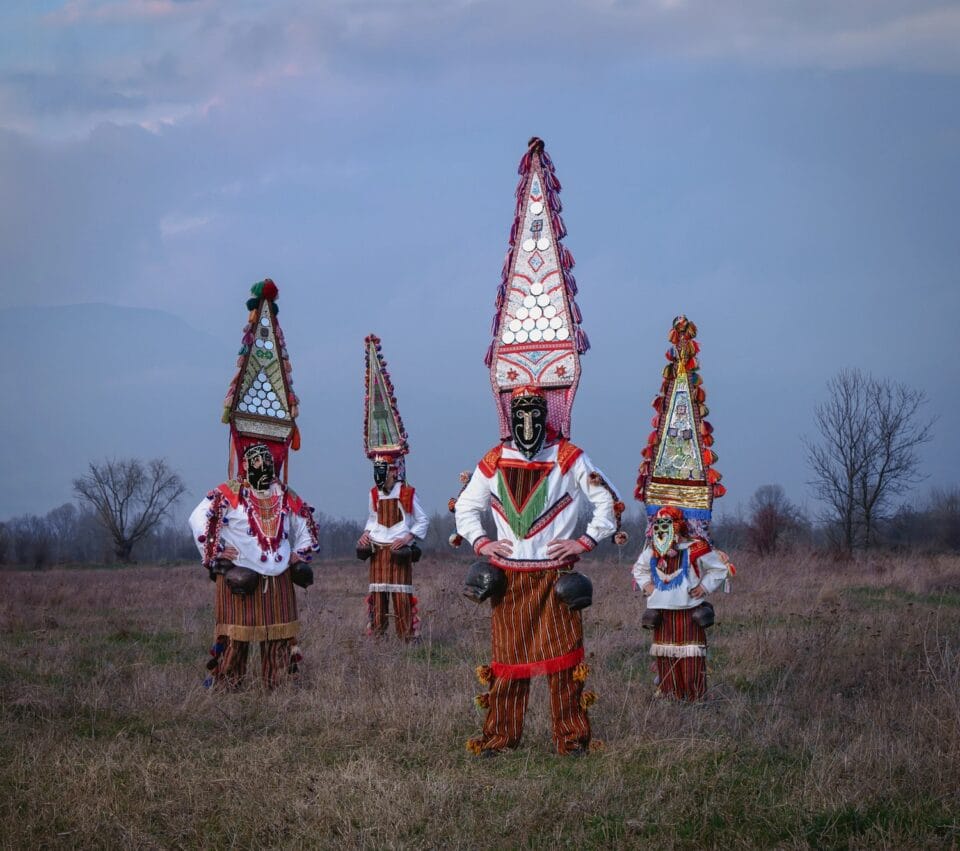
Suszczynski delved into further research about European masking rituals and rites, learning about the range of characters, history, and symbolism unique to each tradition. Festivals throughout the continent often centered on common themes, like the cycle of the seasons, life and death, or fertility, while expressing themselves through distinctive costumes. “It seemed as though every tiny village had their own unique ancient rituals that were still thriving in our modern society,” she says.
Language barriers are often the primary obstacle Suszczynski encounters as she travels around the world to meet those who preserve their local customs. In small, rural communities, people often only speak their native language. “There isn’t really any information on the internet about these groups,” she says. “Finding them is always like a treasure hunt. Sometimes I would just drive to a village, go to their town hall with my phone, and Google Translate to the mayor, asking if they had masks there. The townspeople were extremely helpful; they’d often organize the village group with only a day or two notice.”
Some of the characters Suszczynski meets in her ongoing travels include the Bulgarian Kukeri, variations on which may be called Startsi or Chaushi, among others. Elaborate headdresses and costumes made from wool, animal horns, embroidered fabric, bells, and other ornaments invoke the mystical power to usher in new seasons and scare away evil spirits.
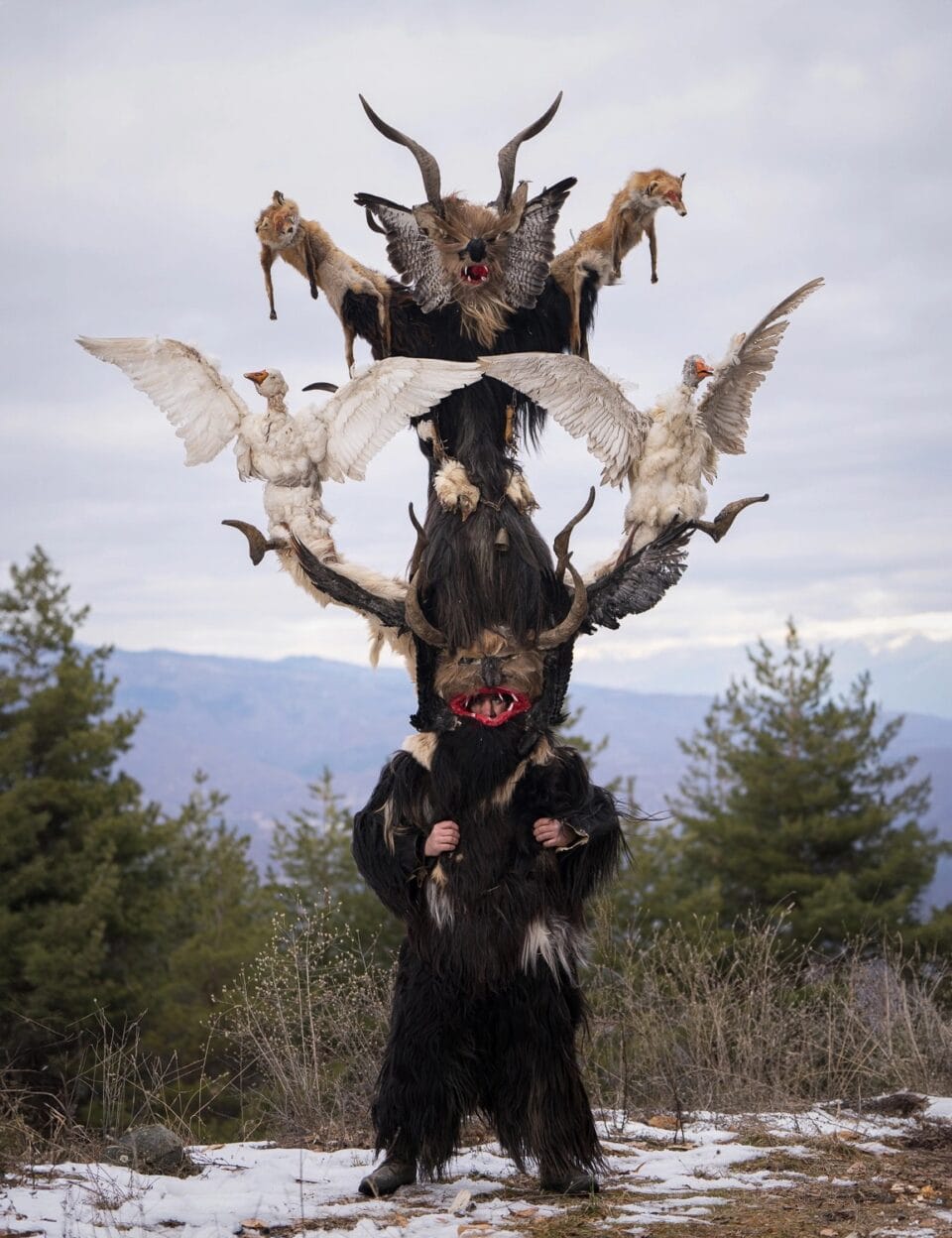
Capturing the right image poses the next major challenge, as Suszczynski works hard to make people comfortable despite not speaking the same language, and she has formed close friendships in the process. “After nearly every photoshoot, we would wind up in someone’s living room, sharing food and brandy together, looking through old photos, laughing, and learning,” she says.
Suszczynski emphasizes that her role, akin to the people she photographs, is that of a storyteller. Through a visual medium, she hopes to share knowledge and understanding of age-old customs to further the preservation efforts of their bearers. “I want to show people how lesser-known cultures, relics, rites, and rituals have withstood time and evolved in our ever-changing world,” she says.
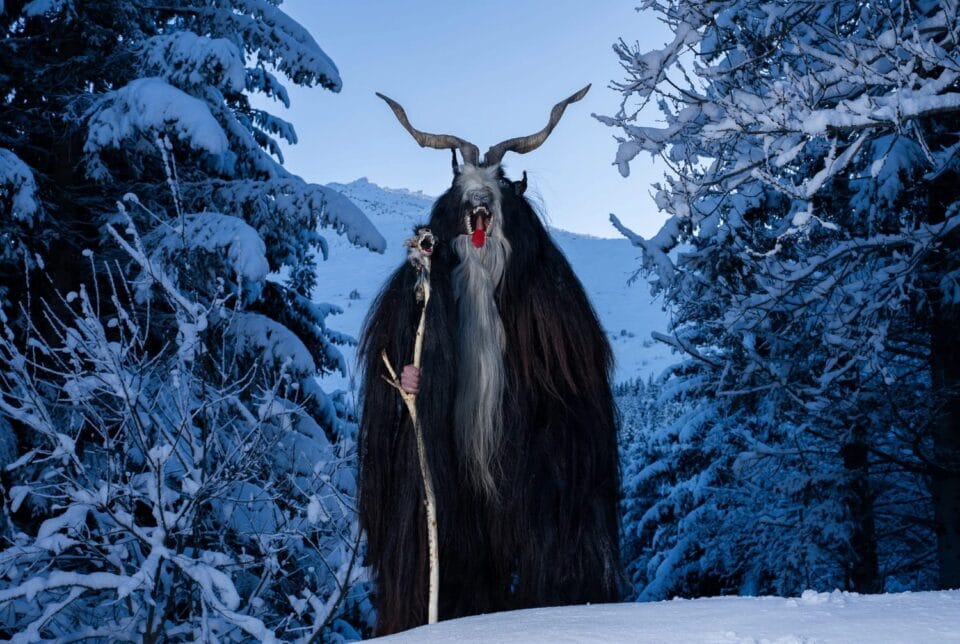
This winter, Suszczynski is planning to photograph some festivals in Mexico and Latin America, and she just finished up documenting the festival of Virgin del Carmen in Paucartambo, Peru. “I am so thankful for each and every person I have photographed,” Suszczynski says. “I couldn’t do any of this without their passion and willingness to share their time, energy, and culture.”
Find more on the artist’s website and Instagram. And you might also enjoy Killian Lassablière’s short documentary “Kukeri” or Roberto de la Torre’s portraits of elaborately masked characters in northern Spain’s Entroidos.
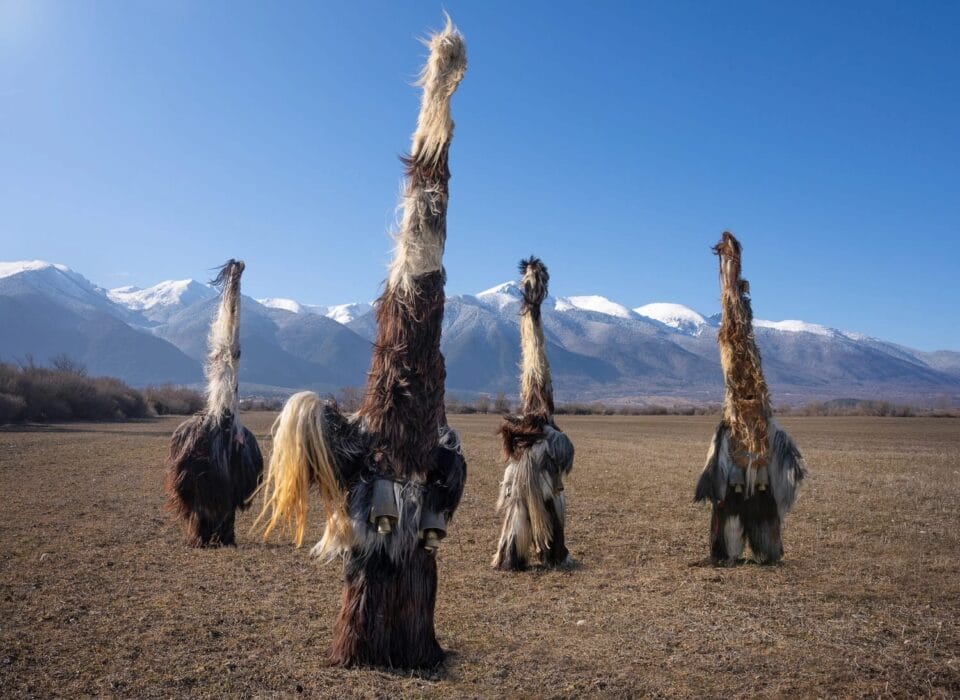
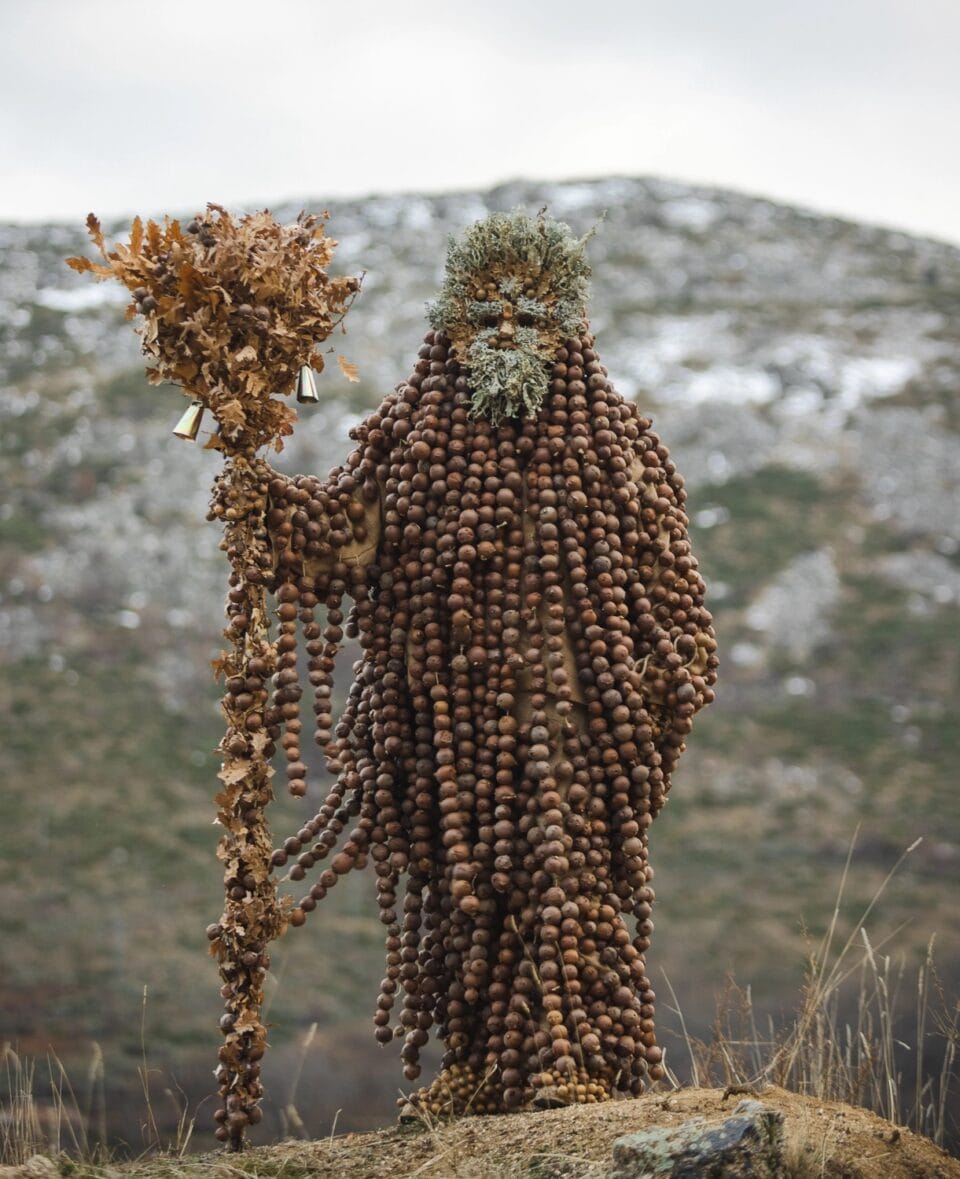
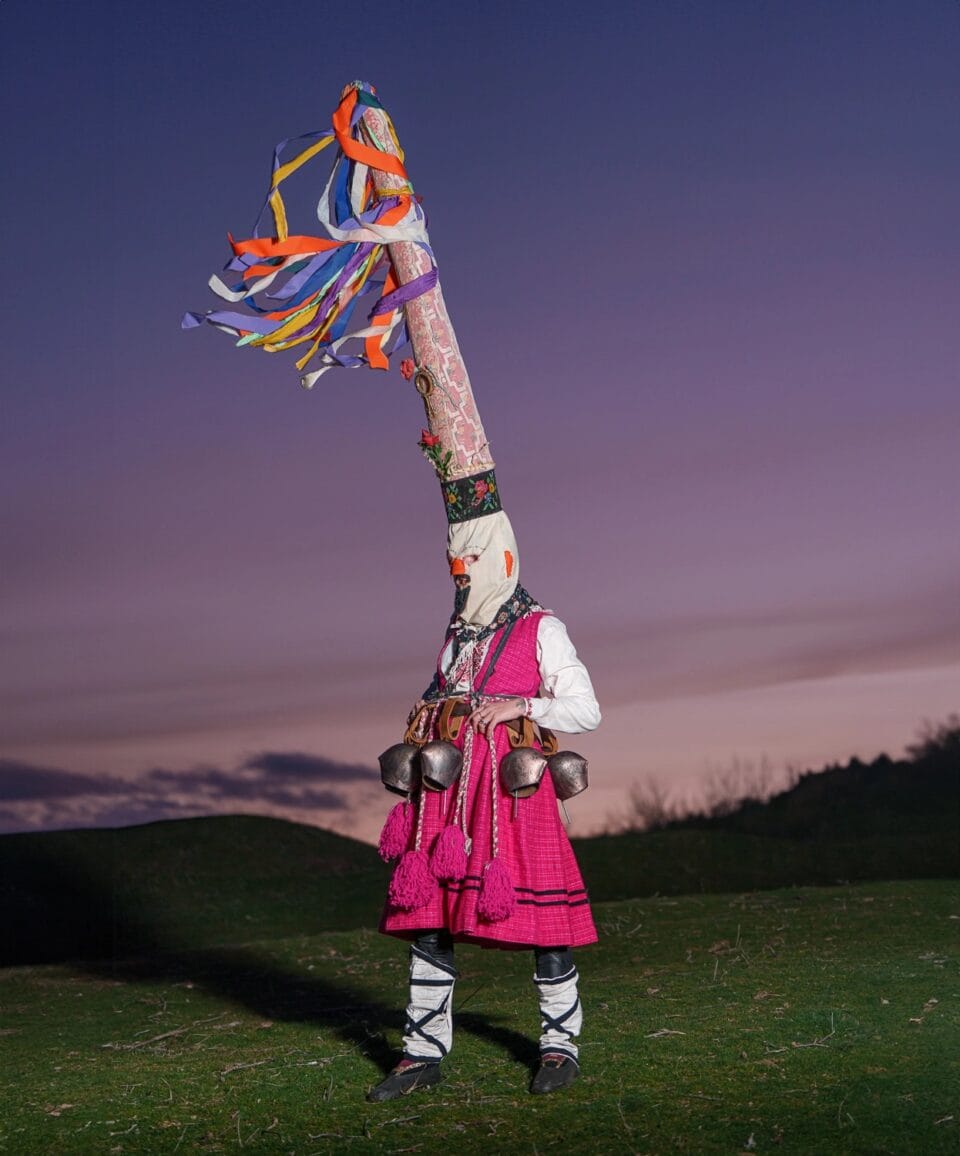
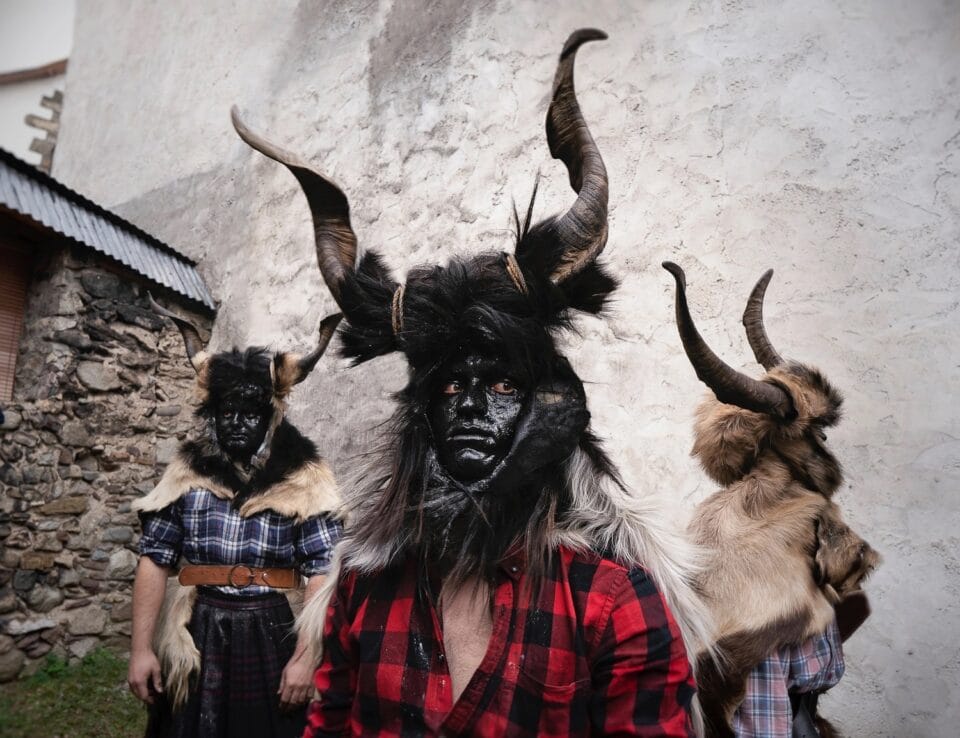
Do stories and artists like this matter to you? Become a Colossal Member today and support independent arts publishing for as little as $7 per month. The article Across Rural Europe, Ashley Suszczynski Photographs Remarkable and Ancient Masked Traditions appeared first on Colossal.